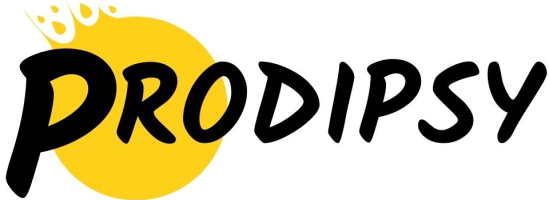In today’s fast-paced business environment, achieving maximum efficiency in the office has become paramount. A productive day contributes not only to the success of individual projects but also to the overall growth and well-being of an organization. Many factors, from the physical layout of the workspace to mental well-being practices, play a critical role in shaping daily performance.
Create a daily schedule to increase productivity in the office
Creating a daily schedule acts as a roadmap for the day, ensuring that tasks are prioritized effectively and time is allocated efficiently.
Without such a roadmap, the risk of being overwhelmed or sidetracked by unexpected challenges or distractions increases. A well-designed schedule promotes clarity, focus, and a systematic approach to the tasks at hand, ensuring that important tasks do not fall by the wayside and that deadlines are consistently met.
One aspect of the office environment that can greatly influence productivity is the physical workspace itself. Among the various tools and furnishings designed to improve efficiency, the standing desk has received considerable attention.
Research suggests that the use of a standing desk can not only help alleviate the health problems associated with prolonged sitting, but can also promote increased alertness and energy levels.
Increased alertness, in turn, can have a positive impact on work performance and overall productivity.
Using technology to increase efficiency
In the modern era, the integration of technology into the office environment has revolutionized the way tasks and operations are carried out.
Advances in digital tools and platforms offer solutions that streamline processes, automate repetitive tasks, and facilitate seamless communication between teams.
For example, the advent of cloud computing allows teams to collaborate on documents in real-time, eliminating the need for constant email exchanges and ensuring that everyone is working on the latest version of a document.
Similarly, customer relationship management (CRM) systems automatically track and manage customer interactions, ensuring that teams have access to key customer information when they require it, improving service delivery and response time.
In addition, as projects become more complex and teams are distributed across multiple locations, project management tools have become essential.
Tools such as Asana, Trello, and Slack help assign tasks and track progress and act as central hubs for communication and resource sharing.
Automation software, such as Zapier, can connect disparate applications to create streamlined workflows, reducing manual data entry and the potential for human error.
How to deal with distractions in the office
It’s estimated that it takes an average of 23 minutes for an individual to return to a task after being interrupted. It is therefore imperative for organizations and individuals alike to implement strategies to minimize these interruptions and create a more conducive working environment.
Several effective methods can be used to address these challenges. For example, the use of noise-canceling headphones or earplugs can help drown out ambient noise and nearby conversations.
Designating specific blocks of time to work on tasks and maintaining a strict policy of not checking email or phone during these times can help maintain a continuous workflow.
Physical organization, such as maintaining a clean and tidy workspace, can also reduce visual distractions and improve concentration.
In addition, organizations can consider designating quiet zones or rooms where people can work undisturbed. For example, some companies have adopted the practice of “quiet hours”, during which meetings and loud discussions are discouraged, allowing employees to focus solely on their tasks.
